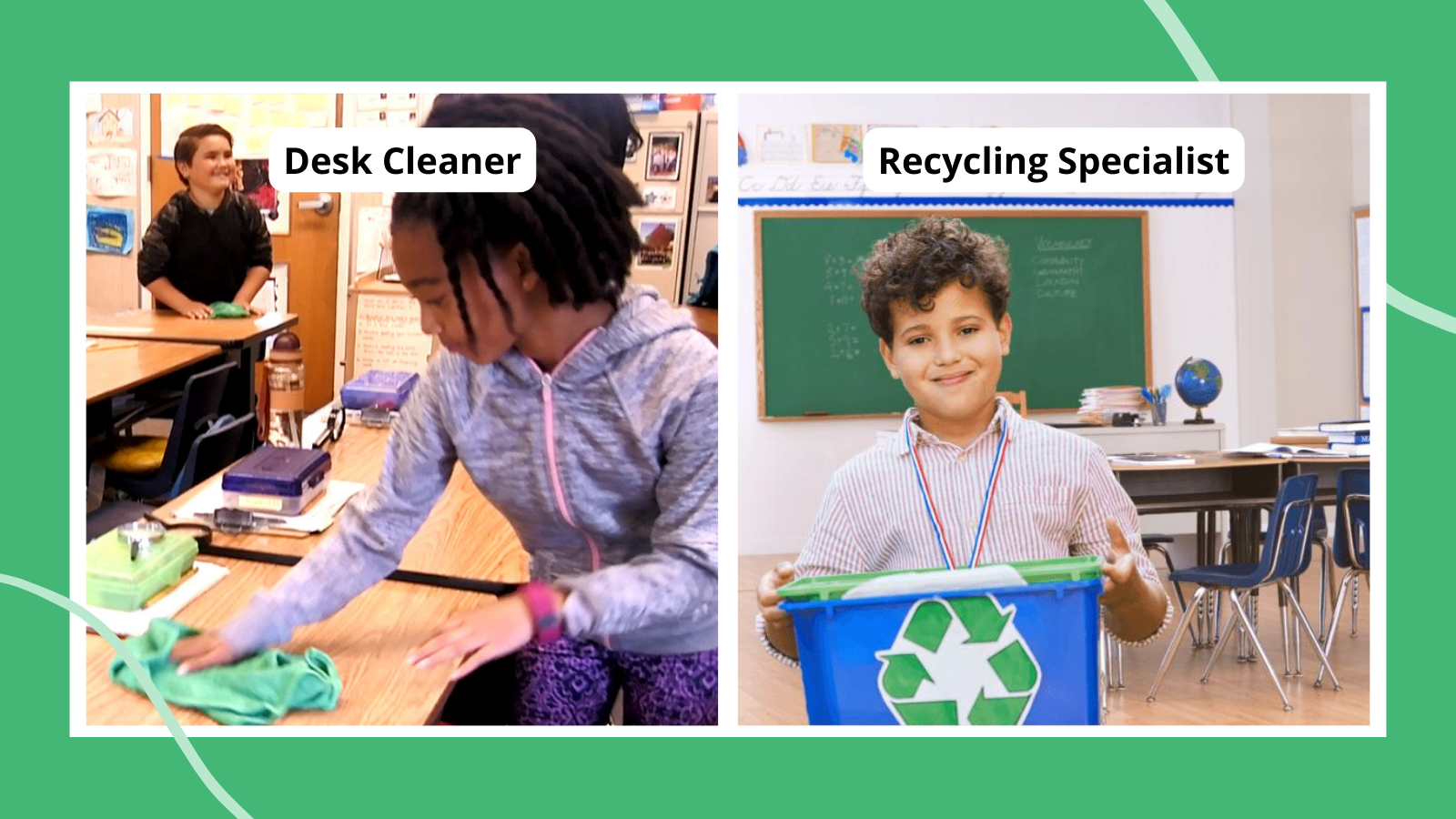

Classroom jobs are an amazing way to build a sense of community in the classroom. Assigning your students daily or weekly tasks gives them a sense of responsibility and ownership for their learning environment. In addition, classroom jobs teach kids important practical skills that they will use throughout their lifetime.
With the help of our friends in the We Are Teachers HELPLINE group on Facebook, we’ve gathered a list of 60 classroom jobs for students from preschool through high school, as well as some tips from teachers. All of the jobs may not apply at all levels, but they can be adapted for kids of any age.
“Everyone who is in the classroom takes care of the classroom.” —Kathryn R.
“It’s really important for students to have a ‘job’ each day. The purpose of having classroom jobs for our students is to instill a sense of responsibility for their learning environment.” —Kristin G.
“I have actually had better success with choosing two students at the beginning of the week to do the jobs like messenger, lunch table washer, etc. The rest of the classroom jobs, like straightening the book shelf, cleaning the floor, etc., is all hands on deck. It’s ‘our’ classroom so everyone pitches in on those jobs. It has worked wonders.” —Sandy S.
“Every child has a classroom job. They love the responsibility, it helps with behavior, and it helps create a positive classroom community.”—Carolyn N.
This student checks in with classmates when they return from an absence to make sure they know what was missed and are aware of upcoming assignments. They also send an encouraging message to students who are out for more than two days.
The chosen student will be the teacher’s personal megaphone, using a LOUD voice to make any announcements for the teacher. (Especially helpful for teachers who are prone to laryngitis!)
Be available to answer student questions if the teacher is busy with other students. Be in charge if the teacher is on the phone or has to step out of the classroom briefly.
Speaking from personal experience, some teachers seem to have a mental block when it comes to turning in attendance. This student will help their teacher remember to let the office know who’s there and who’s not.
Check bathrooms to make sure they are clean before students go in and after students come out. Monitor traffic to make sure only three or four students are in each bathroom at one time.
This student keeps track of classmates’ birthdays and checks to see if they want it publicly acknowledged or not. If they pass, the birthday manager discretely gives them a card on their special day.
Make sure that the leaves on the Book Recommendations tree are still attached and the suggestion box supplies (leaf cut-outs and pens) are neat and organized.
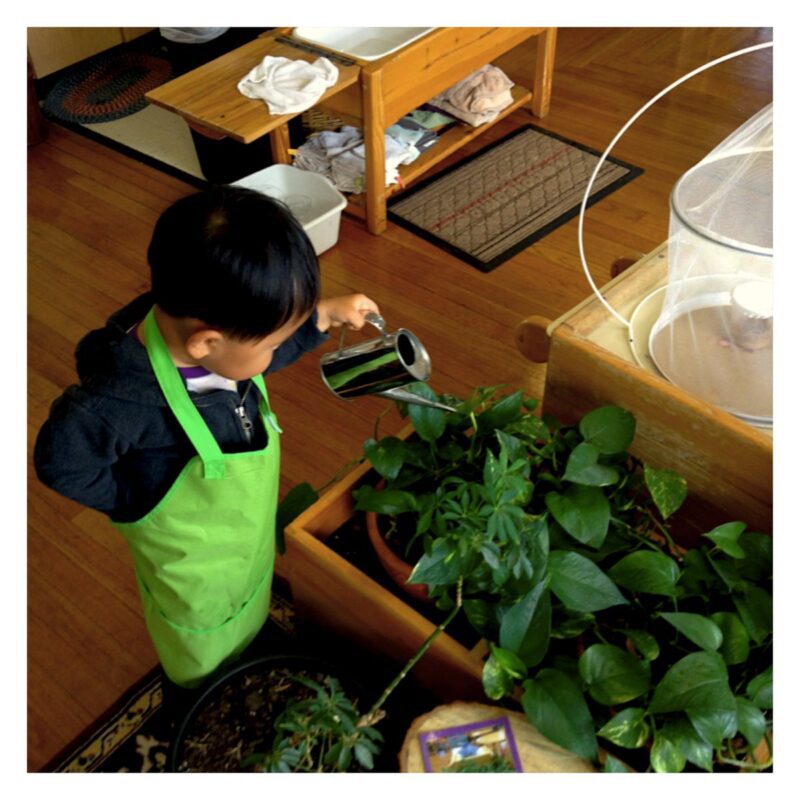
Take care of classroom plants. Water on schedule. Remove any dead leaves. Wipe away any spilled dirt.
Select the activity for classroom brain breaks.
Pass out breakfast bars and other supplies. Make sure trays and trash are returned to the breakfast cart.
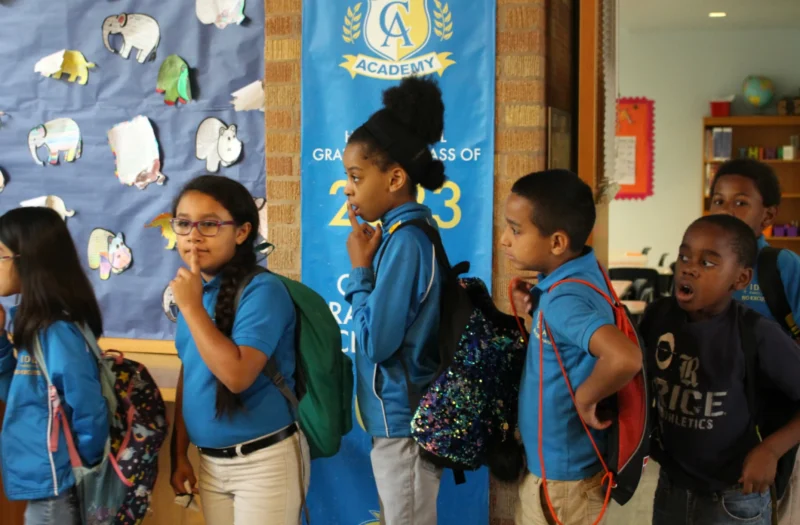
Be the last person in line and make sure the line is staying straight and together.
Change the date on the daily calendar or classroom whiteboard.
Monitor the cell phone check-in area to make sure all students are checking their phones in. Take note of anyone gathering around the cell phone storage area. Make sure students are not sneaking their phones out.

Unstack chairs at the beginning of the day, and make sure all students have stacked their chairs at the end of the day.
Be the special assistant to substitute teachers. Answer any questions they may have. Help them with anything they ask you to do.
File papers for the teacher.

Empty the compost bin and make sure it is rinsed out at the end of each day.
Make sure all backpacks and coats are hung on hooks. Make sure all personal belongings are tucked neatly into cubbies, not on the floor.
Make sure all students’ desktops are neat and tidy before the class leaves the room for lunch, recess, or specials.
Two-person job: One person holds the classroom door when students are leaving the room. The other opens and holds the door when class is going into the computer lab, library, lunchroom, etc.
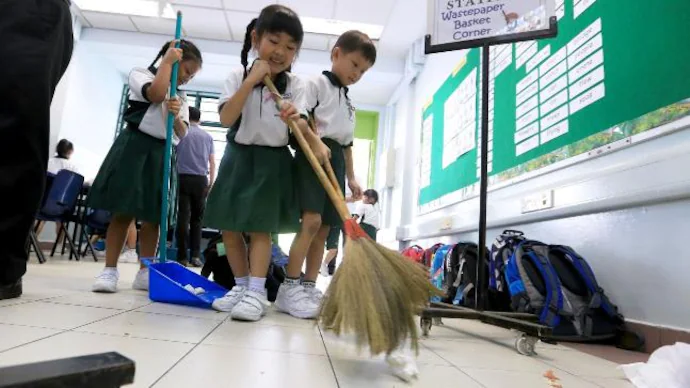
Two-person job: After everyone picks up paper scraps, school supplies, etc., off of the floor at the end of the day, sweep any debris into the dust pan and dispose of them.
Make sure Friday folders are organized in alphabetical order. Check folders on Thursday afternoon to see whose folders are missing and ask them to bring their folders in on Friday. Help stuff Friday folders if a parent volunteer needs help.
Answer the door when someone visits the classroom. Answer the phone when it rings.
Give a squirt of hand sanitizer to every student who wants one as the class leaves the room for lunch and when they come in from recess.
Use the homework clipboard with the class name list attached to mark who has and who has not turned in their homework every day. Leave the list on the teacher’s desk.

Make sure the job board is in good shape (no parts have fallen off or been moved). Move cards (or clothespins or Popsicle sticks, etc.) when the time comes to rotate jobs.
Close your day with a little humor. This job can be for one person or a pair of students who look up a particularly funny joke to tell at closing circle.
Try to “catch” classmates performing acts of kindness and record their names and good deeds on a kindness ticket. Put the tickets into the bowl on the teacher’s desk so that those students can be recognized at Friday circle.
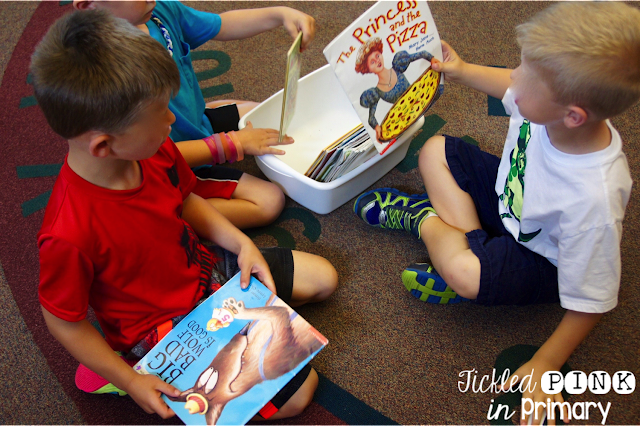
Make sure all classroom library books and textbooks are put back neatly on the proper shelves. Once a week, make sure school library books are put into the classroom basket before class leaves for library. Choose a friend to help carry the basket to the library.
Make sure lights are turned off each time the class leaves the classroom. Turn lights back on when the class returns. Monitor the lights whenever the teacher needs assistance.
Lead the class down the hall in a responsible and respectful way whenever they are going somewhere. Pay attention to teacher directions and stop the line whenever directed to do so.

Many classroom teachers use laundry baskets to hold students’ lunch boxes. The team of luggers is responsible for carrying the basket to the cafeteria and returning it to the classroom after lunch.
Help the teacher with hot lunch/cold lunch count each morning. Take lunch count tickets down to the cafeteria.
This student is in charge of writing an inspirational quote or message on the board each morning.
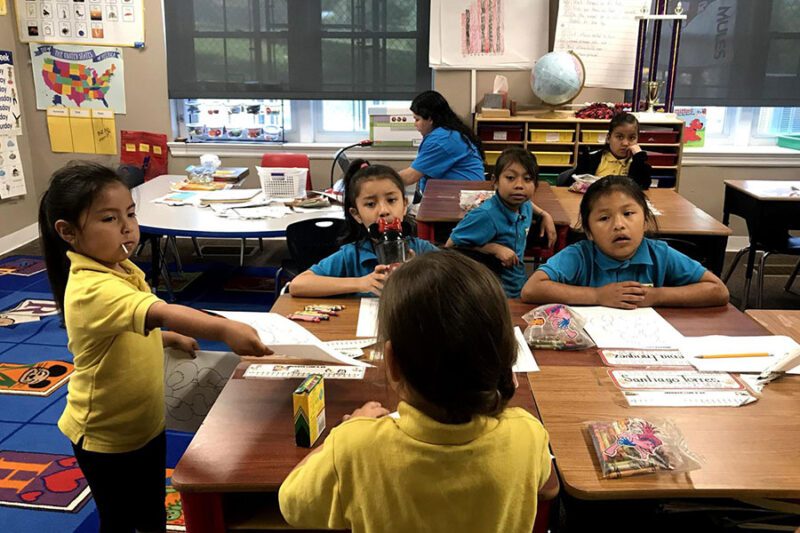
This student will help hand out and collect papers whenever the teacher asks for assistance.
Choose an object from the classroom (secretly) and put it in the mystery box. Write clues about the mystery item, then read the clues aloud during circle time and pick students to make guesses.
Help monitor the noise level in the classroom. Encourage students to be respectful when it starts to get loud. When the teacher gives the signal, turn off the lights until it quiets down.
This student accompanies anyone who needs to take a trip to the nurse’s office. Once they safely transport their classmate, they can return to class and report any news they may have.
Be ready to be a substitute for absent students who are not there to do their job.
Take a break! You’re off-duty this week.
Pass out notes that need to go home to families. Help the teacher keep track of signed permission slips that come back.
Collect any stray pencils at the end of the day. Sharpen all pencils and place them in the “Sharp Pencil” holder.
Encourage a love of poetry in your classroom with this job. Each week, have a student or a pair of students find a poem to share with their classmates. Reserve a few moments in your agenda for them to recite their find.
Be responsible for taking the bucket with recess supplies (balls, jump ropes, Frisbees, etc.) out to recess. Make sure students return supplies to the bucket on their way in. Return the bucket to its designated spot.

Monitor the trash and recycling center. Make sure students are recycling properly. Take the recycle bin down to the collection spot at the end of the day.
Help the teacher answer questions during discussion time by researching information on the internet or in books or notes.
Make sure all scraps are picked up off of the circle-time rug, and run the vacuum at least once a week.
Run any classroom errands that the teacher may need.
This person checks off items on the class agenda to keep everyone on track.
Help the teacher pass out materials and paper for science labs.

Make sure the classroom sink is free of debris and wiped out at the end of the day.
Manage the classroom supply center. Make sure all supplies are in the right place and not intermixed. Notify the teacher if the supply of any material is getting low.
Rotate table captains every week so all of your students get the opportunity to provide leadership to their cohort.

Wipe down the tables with a rag and cleaning solution at the end of the day.
Make sure classroom computers are turned on in the morning and off at the end of the day. Help classmates with any tech questions. Help the teacher pass out Chromebooks or other laptops. Make sure the computer cart is plugged in at the end of the day so that devices can charge overnight.
Help the teacher keep track of the time during classroom activities and when it is time to make transitions.

Check the floor at the end of the day and point out any waste on the floor for the person sitting closest to it to throw away. Empty the classroom trash bin into the hall trash bin at the end of the day.
Keep track of the daily weather and record it on the classroom weather chart.
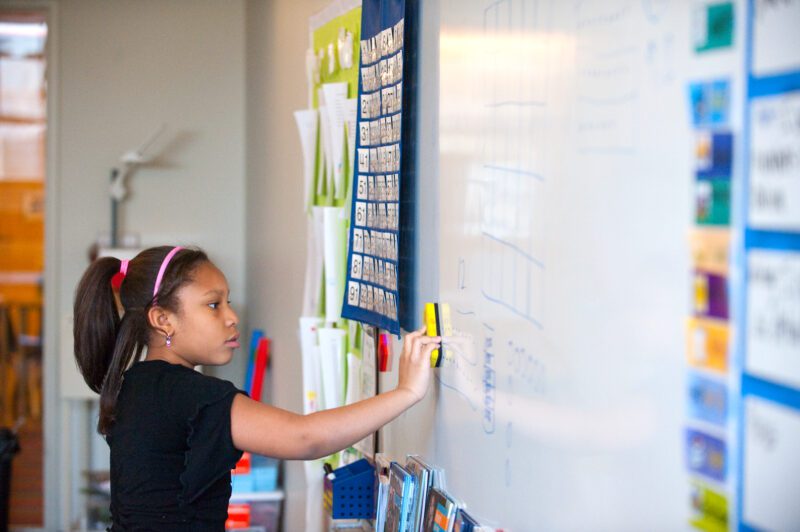
Wipe down whiteboards at the end of the day. Put cleaning materials back where they belong when you are done. Inform the teacher when the cleaning fluid is getting low.
Make sure the classroom pet is fed and watered daily. Make sure their container is clean.